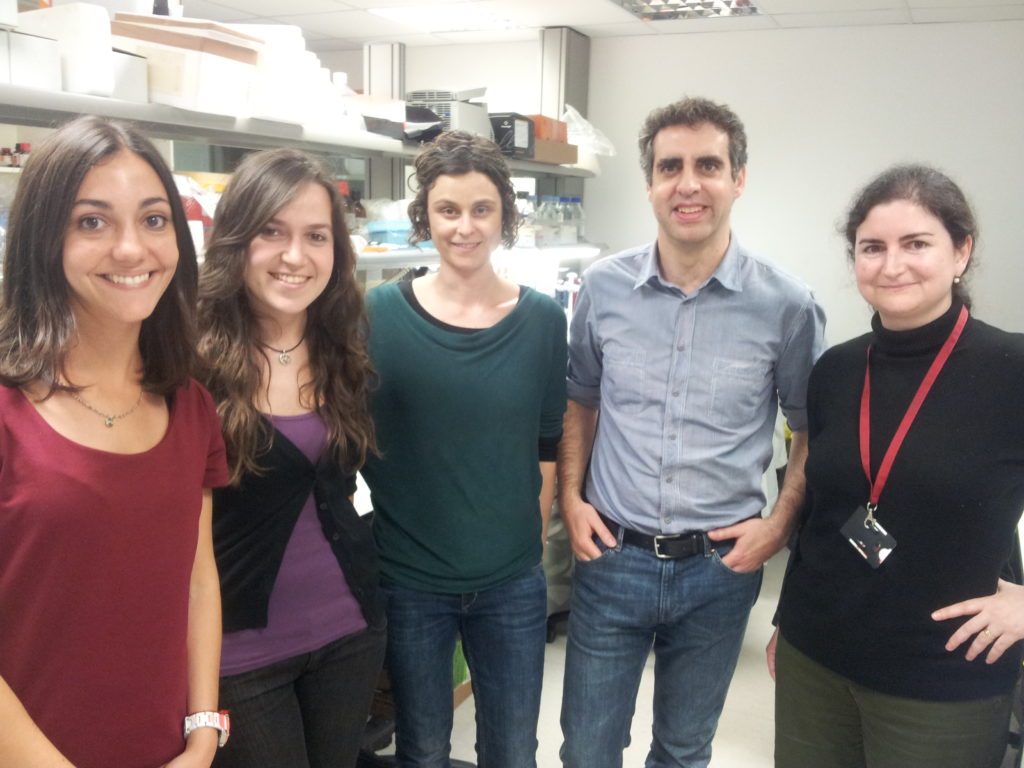Genes usually always be expressed as in Western writing: from left to right on the white canvas of our DNA. So when we speak of the activity of our genome, in fact we are referring to the expression of genes in this sense of the double-stranded DNA.
However, for some time, it is known the existence of a few sequences ‘rebel’ DNA that are activated in reverse: from right to left. They are known as antisense transcripts.
Very little of its functions is known, but today a co-directed work by Manel Esteller, Director of the Program Epigenetics and Biology of Cancer (PEBC) Institute of Biomedical Research of Bellvitge (IDIBELL), Professor of Genetics at the University of Barcelona and ICREA researcher and Sonia Guil researcher at the same department, provides new clues and mechanisms to understand their functions and their alterations in cancer.
The finding is published in the advanced edition of Proceedings of the National Academy of Sciences (PNAS).
“If we imagine a road where all the cars go in the same direction, we found a car going in the opposite direction and crashes one of them,” explains Manel Estelller on the outcome of the research published in PNAS.
“Specifically” adds “this antisense transcript regulates a gene expressed in normal form called Vimentin, associated with the process of tumor invasion. We also describe how in colon cancer an epigenetic alteration upsets this delicate balance of cars going in different directions in the same road”.
“Another relevant part of the study is the first description of a molecular mechanism that explains how all this traffic is regulated by creating a three-dimensional loop that allows the coexistence and self-regulation of genes that are expressed in different directions” concludes the researcher Sonia Guil.
The results from research conducted at the IDIBELL also represent a breakthrough in the search for new biomarkers of cancer and provide the basis for future therapies against human diseases based on the development of antisense molecules that can be used as drugs.
Head-to-head antisense transcription and R-loop formation Promotes transcriptional activation. Boque R-Sastre, Soler M, Oliveira-Mateos C, Portela A, Moutinho C, Sayols S, Villanueva A, Esteller M, S. Guil Proceedings of the National Academy of Sciences, doi / 10.1073 / pnas.1421197112, 2015.

